RED ROBIN GOLD MINE AND BATTERY
WEST KIEWA LOGGING TRACK AND MACHINERY SPUR TRACK HOTHAM HEIGHTS, ALPINE SHIRE
-
Add to tour
You must log in to do that.
-
Share
-
Shortlist place
You must log in to do that.
- Download report



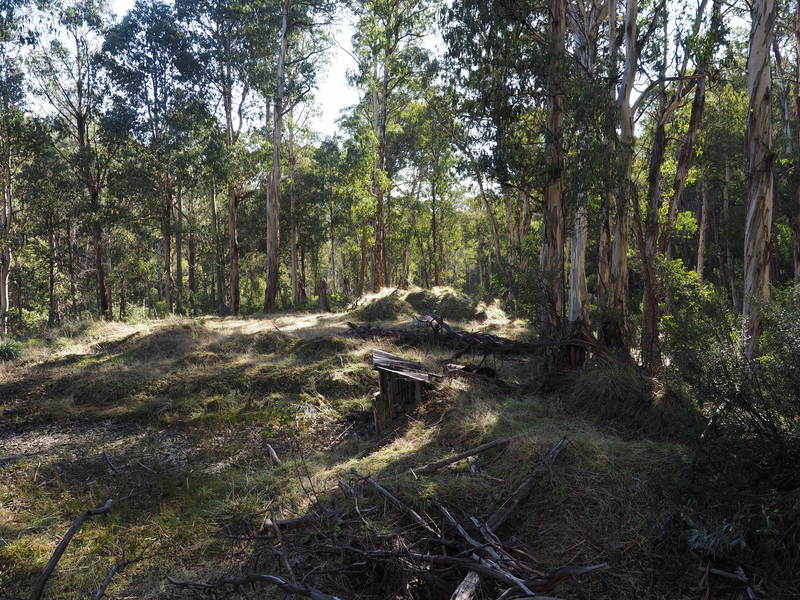
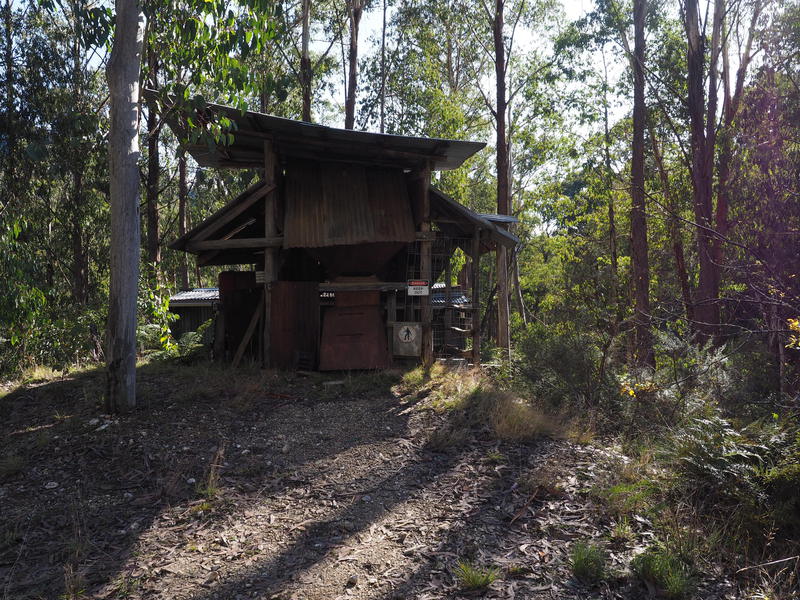
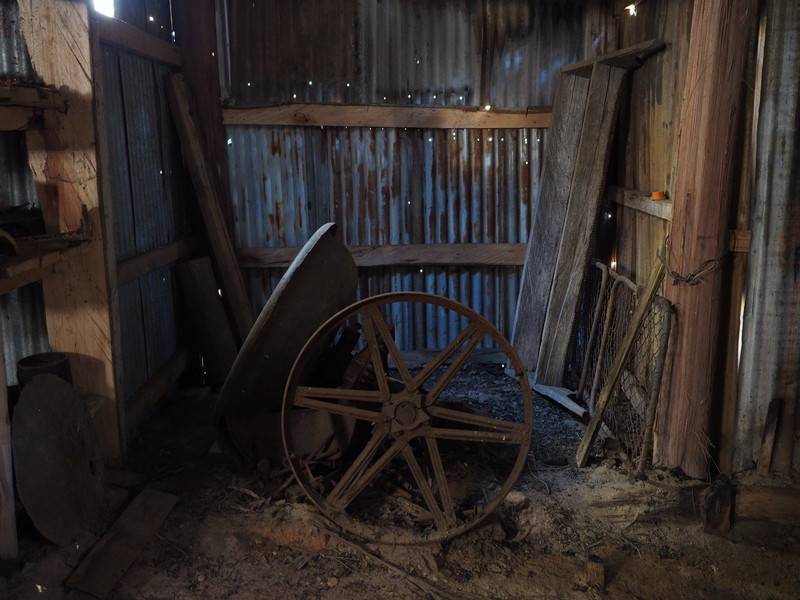
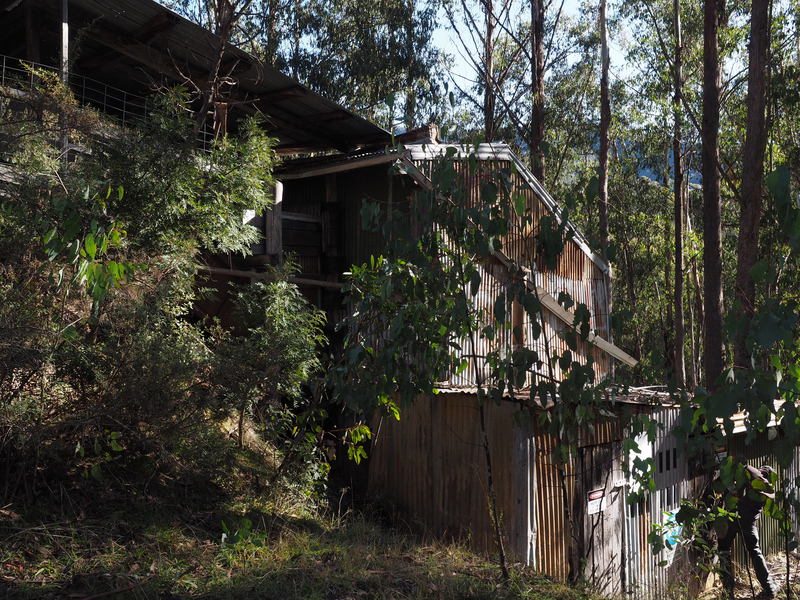
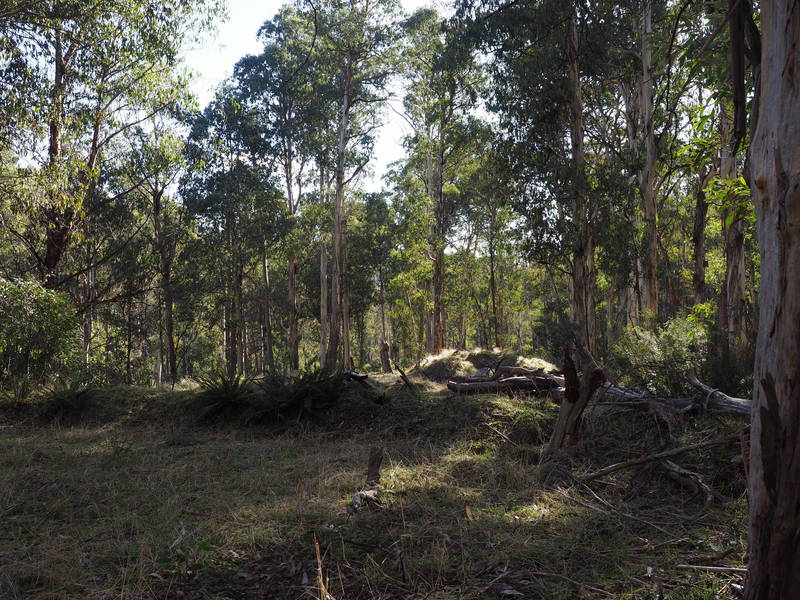
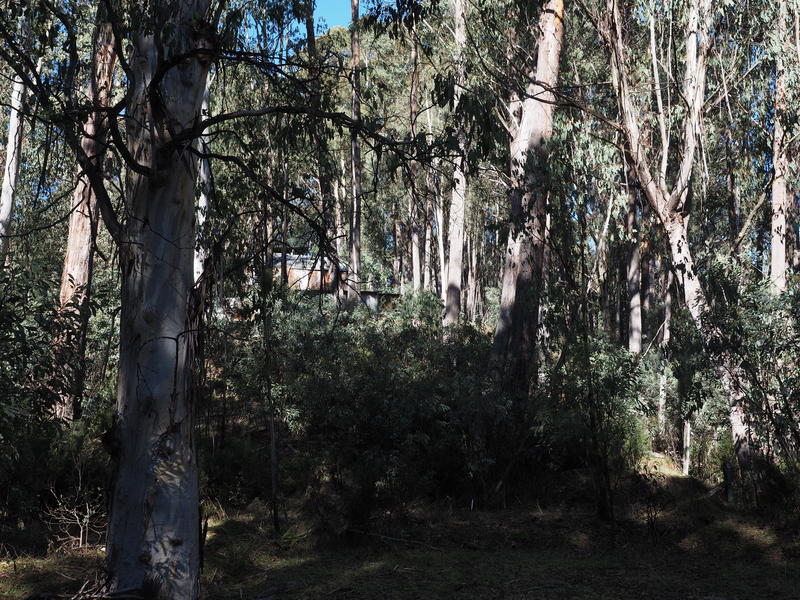
Statement of Significance
Throughout the 1930s, in the most elevated part of the Australian Alps the country lying between Mt Hotham and Mt Feathertop known as the Kiewa fall a lone miner named William Spargo searched for gold. Against the prevailing geological opinion of the times, Spargo discovered what is currently Victoria?s last goldfield. Spargo?s discovery in 1940 was met with a blaze of publicity, his mine being touted as the highest (in altitude) and richest (112 ounces per ton in the first trial crushing) in Victoria. His success captured public imagination, sparked the State?s last gold rush, and added another chapter to the romance of the Australian Alps.
Since its discovery the Red Robin mine has been worked virtually continuously. Spargo sold his mine in 1952, but evidence of his activities still remains on site. Subsequent miners, including the present operator, Ken Harris, have continued to work the mine in traditional or ?old-style? ways, relying on their own brands of inventiveness to counter the difficulties posed by extreme Alpine conditions. Each of the owners, therefore, has in turn, added their own ingenuity to the site and now the mine contains a fascinating blend of old and new elements including huts, adits, mullock heaps, tracks, roads, sand dams, and mining equipment.
How is it significant?
The Red Robin Mine at Mount Hotham is of historic, scientific (technological), and social significance to the State of Victoria.
Why it is significant?
The Red Robin Gold Mine is historically important due to its association with what is still Victoria?s last discovered goldfield and subsequent rush. William Spargo has gained folklore status due to his association with this event. The Red Robin Gold Mine is also important as a rare and functional example of a once plentiful type. With its working battery, the mine is a unique representative of the traditional type of mining operation that dominated the Victorian Alps from the 1860s to 1950s.
The Red Robin Gold Mine is of scientific (technological) significant as a palimpsest of mine workings, operational and redundant mining equipment and huts. The significance of the Red Robin Gold Mine is increased by its continued use since 1940 essentially with ?traditional-type? mining technology and techniques. The retention of all the existing elements at the mine from original to current (and future) use is crucial to the significance of the place. These elements combine to document the evolution of mining operations on the site and underscore the engineering ingenuity and human spirit that enables successful gold mining in one of the most remote and hostile environments in Australia. Of particular importance are the remains of the vertical boiler next to the battery house. The boiler, used to heat water to facilitate plate amalgamation of gold in sub-zero conditions, evinces the first (and so far only) attempt to operate the battery over winter.
The Red Robin Gold Mine is culturally significant due to its potential to educate in a truly authentic environment and to illustrate the special difficulties of working in Victoria?s harsh alpine environment.
-
-
RED ROBIN GOLD MINE AND BATTERY - History
Contextual History:History of Place:
In 1941, after several years of prospecting the country between Mts Hotham and Feathertop, Bill Spargo opened up the Hotham Heights field, which comprised two reefs: the Red Robin and One Alone. The Red Robin was fabulously rich where it outcropped: a sample crushing yielded an average 112 oz per ton. Small, rich crushings continued through the 1940s. In 1949, a road into the Red Robin mine was completed and a 3-head battery brought in. Three years later the mine was purchased by the owners of the Sambas mine at Harrietville. They cut an improved track down to the mine and reconditioned the battery, also adding a hopper and self-feeder. At that time, the Red Robin was one of the richest in Victoria in terms of its yield per ton, not total production and was the highest mine in the State. Being well above the snow-line, the mine could only be worked seasonally, and its crushings remained small. In 1954, the mine crushed 49 tons for a gold return of 48 oz. From 1956 stone from the Red Robin was sent to the government battery at Bright for crushing. A 10-head battery (formerly the Bairnsdale government battery) was erected at the Red Robin mine in 1966, lower down the valley than the earlier plant had been. The mine and battery are still in operation.
Associated People: Late 1940 - Red Robin mine discovered and worked by William Spargo until his retirement in 1952
1952 - mine acquired by N.C & C.L, Staff. Operation of mine given to Charlie Keating.
1958 An agreement was made between Norman Staff and K.v & C.e Harris to work the mine.
1958 to 1963 - mine worked by Harris
1964 - mine purchased by K.V. & C.E. Harris and latter in the year ownership passed to John and Frank Livingstone
1965 - management of mine given to Neville Wolff
1977 - K.V, C.E and K.V.J. Harris purchased the mine from the Livingstone EstateRED ROBIN GOLD MINE AND BATTERY - Assessment Against Criteria
Criterion A
The Red Robin Gold Mine is historically important due to its association with what is still Victoria's last discovered goldfield and subsequent rush. William Spargo has gained folklore status due to his association with this event.Criterion B
The Red Robin Gold Mine is also important as a rare and functional example of a once plentiful type. With its working battery, the mine is a unique representative of the traditional type of mining operation that dominated the Victorian Alps from the 1860s to 1950s.Criterion C
The Red Robin Gold Mine is of scientific (technological) significant as a palimpsest of mine workings, operational and redundant mining equipment and huts. The significance of the Red Robin Gold Mine is increased by its continued use since 1940 essentially with 'traditional-type' mining technology and techniques. The retention of all the existing elements at the mine - from original to current (and future) use - is crucial to the significance of the place. These elements combine to document the evolution of mining operations on the site and underscore the engineering ingenuity and human spirit that enables successful gold mining in one of the most remote and hostile environments in Australia.Criterion D
The importance of a place or object in exhibiting the principal characteristics or the representative nature of a place or object as part of a class or type of places or objects.Criterion E
The importance of the place or object in exhibiting good design or aesthetic characteristics and/or in exhibiting a richness, diversity or unusual integration of features.Criterion F
The importance of the place or object in demonstrating or being associated with scientific or technical innovations or achievements.
Of particular importance are the remains of the vertical boiler next to the battery house. The boiler, used to heat water to facilitate plate amalgamation of gold in sub-zero conditions, evinces the first (and so far only) attempt to operate the battery over winter.Criterion G
William Spargo has gained folklore status due to his association with the discovery of the Red Robin Mine. The Red Robin Gold Mine is also culturally significant due to its potential to educate in a truly authentic environment and to illustrate the special difficulties of working in Victoria's harsh alpine environment.Criterion H
Any other matter which the Council considers relevant to the determination of cultural heritage significanceRED ROBIN GOLD MINE AND BATTERY - Permit Exemptions
General Exemptions:General exemptions apply to all places and objects included in the Victorian Heritage Register (VHR). General exemptions have been designed to allow everyday activities, maintenance and changes to your property, which don’t harm its cultural heritage significance, to proceed without the need to obtain approvals under the Heritage Act 2017.Places of worship: In some circumstances, you can alter a place of worship to accommodate religious practices without a permit, but you must notify the Executive Director of Heritage Victoria before you start the works or activities at least 20 business days before the works or activities are to commence.Subdivision/consolidation: Permit exemptions exist for some subdivisions and consolidations. If the subdivision or consolidation is in accordance with a planning permit granted under Part 4 of the Planning and Environment Act 1987 and the application for the planning permit was referred to the Executive Director of Heritage Victoria as a determining referral authority, a permit is not required.Specific exemptions may also apply to your registered place or object. If applicable, these are listed below. Specific exemptions are tailored to the conservation and management needs of an individual registered place or object and set out works and activities that are exempt from the requirements of a permit. Specific exemptions prevail if they conflict with general exemptions. Find out more about heritage permit exemptions here.Specific Exemptions:General Conditions:
1. All exempted alterations are to be planned and carried out in a manner which prevents damage to the fabric of the registered place or object.
2. Should it become apparent during further inspection or the carrying out of alterations that original or previously hidden or inaccessible details of the place or object are revealed which relate to the significance of the place or object, then the exemption covering such alteration shall cease and the Executive Director shall be notified as soon as possible.
3. If there is a conservation policy and plan approved by the Executive Director, all works shall be in accordance with it.
4. Nothing in this declaration prevents the Executive Director from amending or rescinding all or any of the permit exemptions.
5. Nothing in this declaration exempts owners or their agents from the responsibility to seek relevant planning or building permits from the responsible authority where applicable.
* Emergency and general maintenance repairs to all structures and equipment which do not involve demolition or removal.
* Installation of new equipment required for operational purposes where no substantial removal of significant fabric is required.
* Repairs to buildings which replace like with like.
* Installation of any safety equipment or earthworks required for the safe operation of the mine or to leave abandoned sections of the mine in a safe condition.
* Undertaking of safety and access works to restrict vehicular access to the site and minimise foot traffic near foundations.
* Installation of information signage for interpretation and public risk purposes.
* On-site works confined to protect and stabilise buildings and structures.
* Preliminary mineral exploration involving geological, geophysical, and geochemical surveys.RED ROBIN GOLD MINE AND BATTERY - Permit Exemption Policy
Through the registration of the Red Robin Gold Mine it is desired to retain the essential character of the place but to allow continued operation. The intent of the permit exemptions is to allow the normal day to day running and maintenance of the Red Robin Gold Mine as an operational, gold-producing facility. The permit exemptions recognise the remoteness of the place, the significance attached to the mine’s continuing operation, and that prompt repair or replacement of failed equipment is of the highest priority and should be as the discretion of the owners. But this is based on the understanding that the replaced equipment will not be unnecessarily removed from the site.
As a working mine, the Red Robin is subject to Occupational Health and Safety considerations and these are seen as important in the continued operation of the mine.
The site’s continued use also requires that from time to time machinery undergoes repair and this may require the dismantling of buildings to remove and/or repair large items of equipment. This should be allowed on the basis that reinstatement occurs in a manner that respects the heritage values of the place.
-
-
-
-
-
RED ROBIN GOLD MINE AND BATTERY
 Victorian Heritage Register H1881
Victorian Heritage Register H1881
-
'CARINYA' LADSONS STORE
 Victorian Heritage Register H0568
Victorian Heritage Register H0568 -
1 Alexander Street
 Yarra City
Yarra City -
1 Botherambo Street
 Yarra City
Yarra City
-
-










